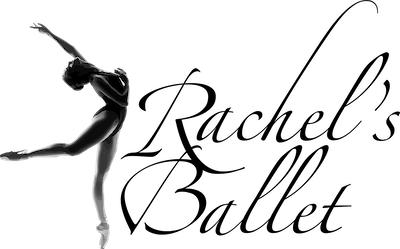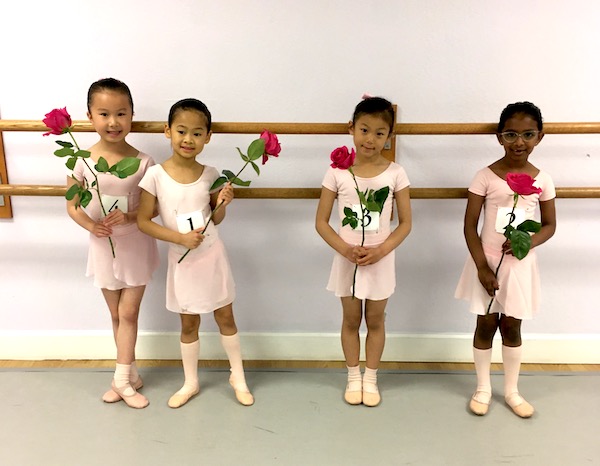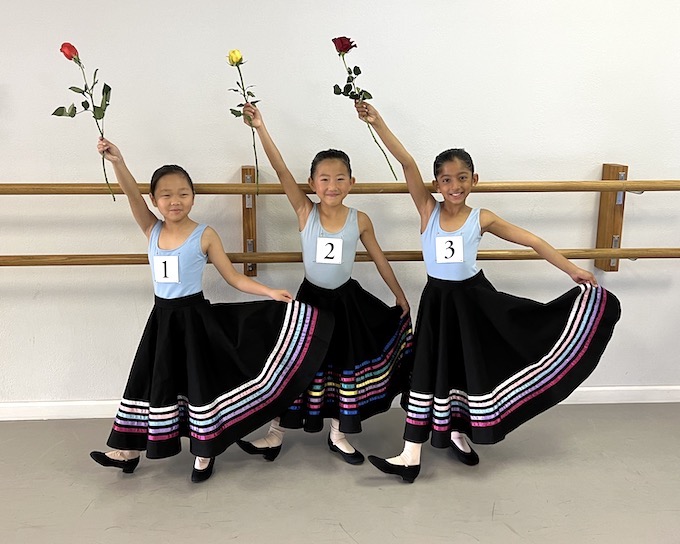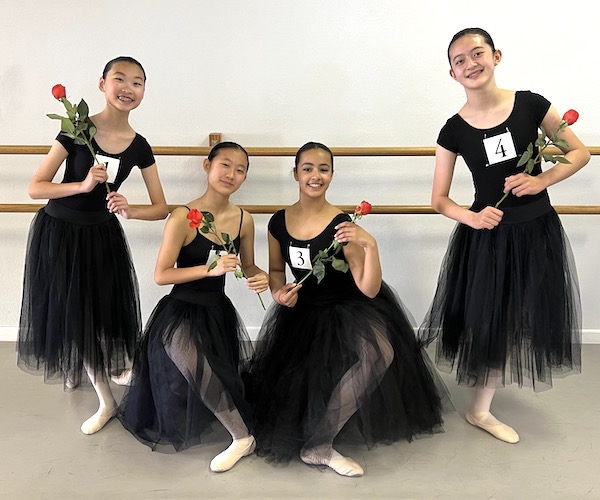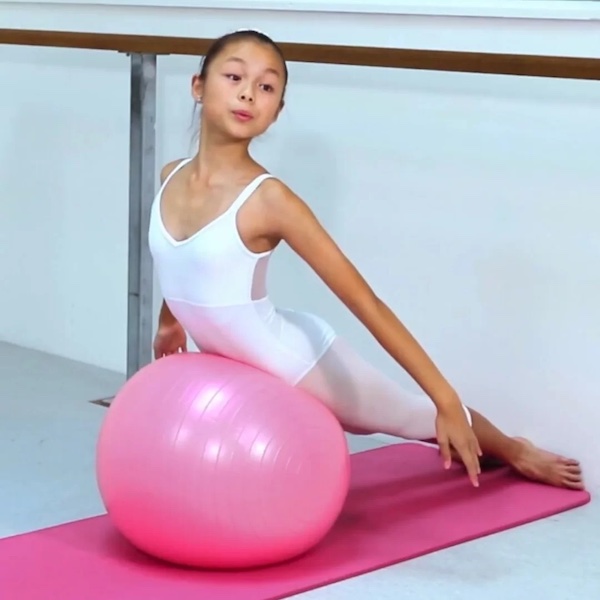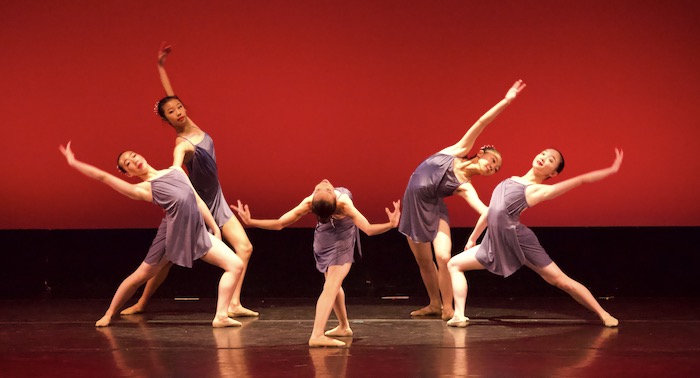what we offer
Ballet Classes For ages 3 to 18
dance Programs
Classes following the internationally recognized RAD Syllabus
Our dance classes are developmentally-based and build on progression. We offer sound fundamentals and a holistic approach to facilitate proper and well-rounded dance training.
Each year, our students participate in Royal Academy of Dance Exams, which provide a benchmark and standard for proper ballet training.
Jump to:
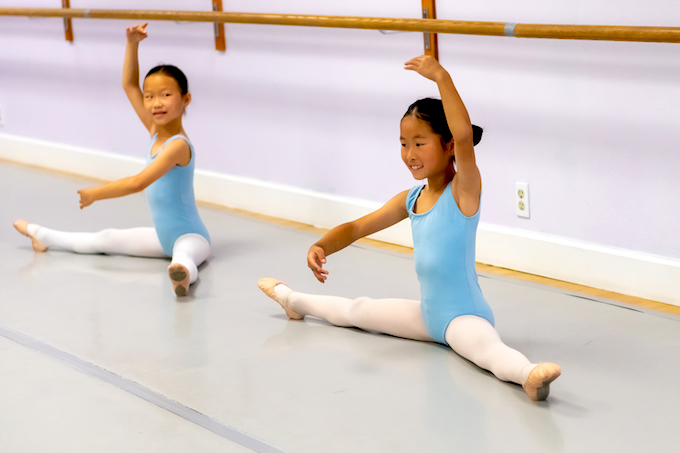
our Programs
Quality dance classes for students of all ages
From our youngest pre-school dancer to our aspiring teen ballerina, we strive to provide a quality and caring school that will help your dancer achieve their dreams!
class descriptions
Summer DANCE CAMPS
Our 2025 Summer Program in Fremont Offers 3 Intensives and Dance Camps!
We encourage our students to stay active with supplemental summer dance programs and complimentary sports to keep up their coordination, flexibility and strength, as well as to experience other art forms.
* “Refer a Friend” details: Friend must be new to Rachel’s Ballet, and mention your name upon registering. A $25 credit be applied to your account toward a future payment after registration is complete.
Dance intensive
Nutcracker Camp
Openings are available; please Register by Aug. 1 to join!
RAD Grade 4 to Vocational
Fremont location:
August 4-7, 2025 | 10 am-2 pm
- Audition Preparation
- Miming & Expression
- Technique & Pointe/Pre-Pointe
- Conditioning & Stretching
- Nutcracker Choreography
Our summer Nutcracker Prep Camp is a great way to get a head start on Nutcracker auditions in the fall!
The camp is open to all students registering for Grade 4 to Vocational levels in August 2025. (All current registered Vocational students and G4/G5 camp attendees will be invited to attend our August Nutcracker auditions.)
Camp is taught by our own esteemed Ms. Maria and Ms. Isabelle!
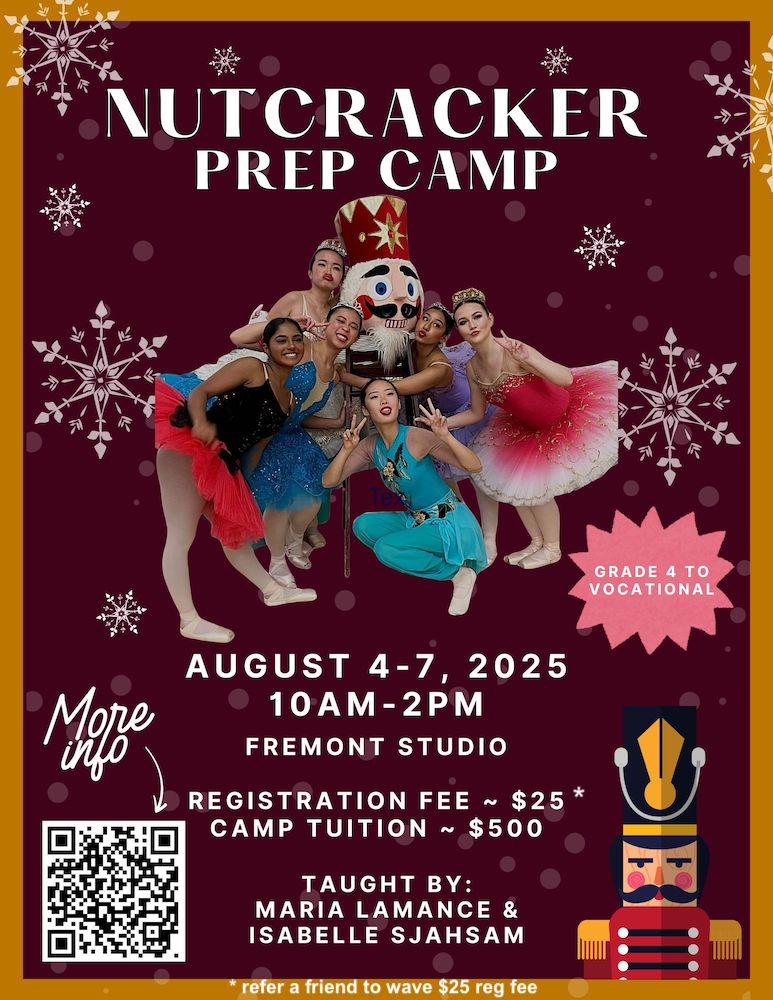
Performance camp
Performance Summer Camp
We’re sorry, this camp has passed – please join us for fall classes.
Ages 7-10
Mon-Fri | 10 am – 1:30 pm
- UPDATE: Fremont Location Only
- June 23-27 | 10 am-1:30 pm
In this fun dance camp, we will explore several dance styles – such as Ballet, Contemporary, Acrobatics and Jazz. Camp is 3.5 hours long and will include a break (dancers please bring a lunch/snack).
Camp is taught by Ms. Claire and guests!
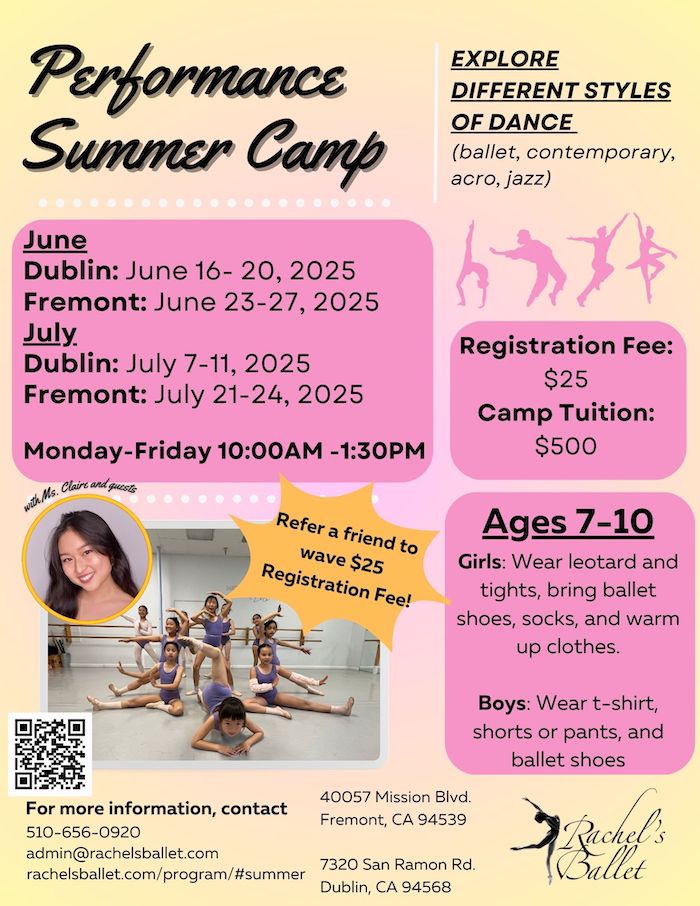
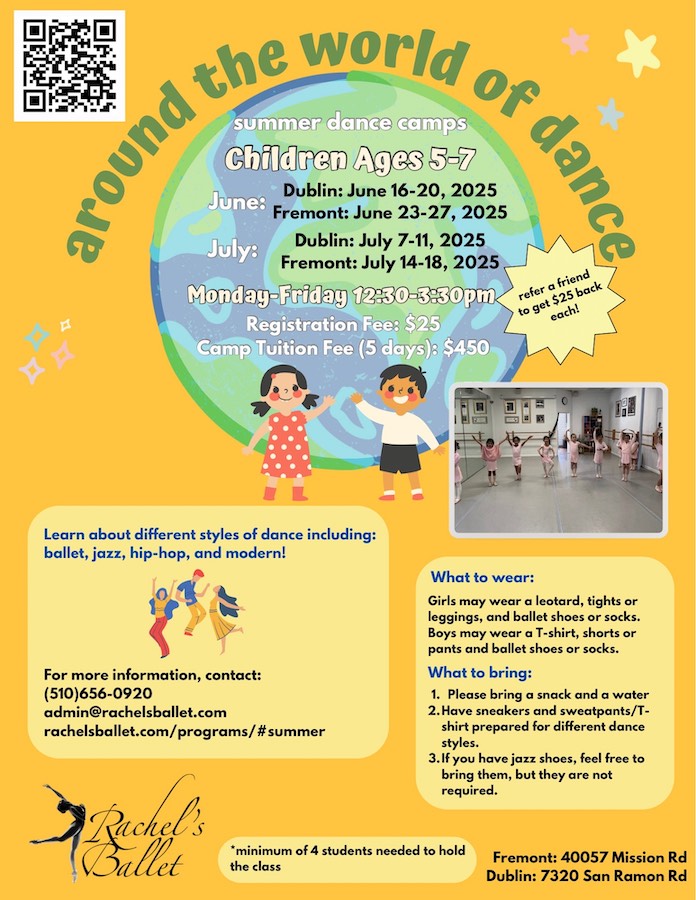
Dance Camp
Around the World of Dance
We’re sorry, this camp has passed – please join us for fall classes.
Ages 5-7
Mon-Fri | 12:30-3:30 pm
- UPDATE: Fremont Location Only
- June 23-27 | 12:30-3:30 pm
Learn about different styles of dance, such as Ballet, Jazz, Hip-hop and Modern! Camp is 3 hours long, and will include a break. Please bring water & healthy snack.
Camp is taught by RB Staff
